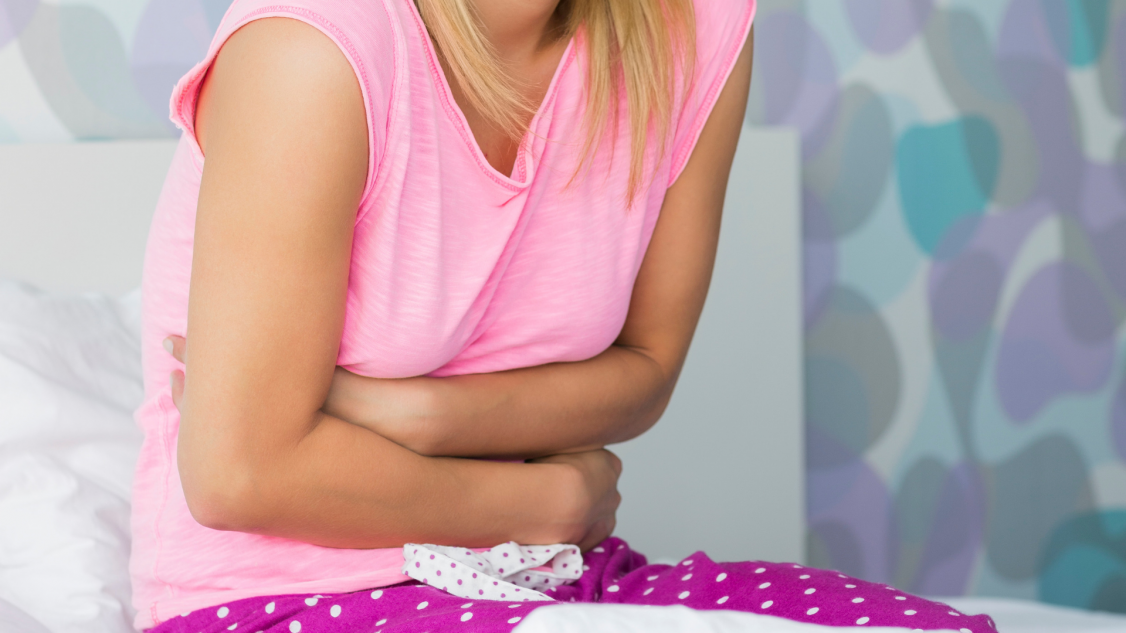

Services We Provide
- Bladder Infection
- Overactive Bladder
- Bladder and Bowel Control
- Bowel Control and Leakage
Bladder Infections
Overactive Bladder
Bladder and Bowel Control
Bowel Control and Leakage
Bladder Infections, Urinary Tract Infections, Cystitis, and Painful Bladder Syndrome
 Women get bladder infections more often than men do because a woman’s urethra is a lot closer to her anus, which harbors bacteria. Bladder infections are caused by bacteria, generally a bacteria called E.Coli. This is why its critical to wipe from “front to back” after you go to the bathroom—otherwise you risk wiping bacteria such as E.Coli into the entrance of your urethra. It’s also important to urinate after sexual play and intercourse.
Women get bladder infections more often than men do because a woman’s urethra is a lot closer to her anus, which harbors bacteria. Bladder infections are caused by bacteria, generally a bacteria called E.Coli. This is why its critical to wipe from “front to back” after you go to the bathroom—otherwise you risk wiping bacteria such as E.Coli into the entrance of your urethra. It’s also important to urinate after sexual play and intercourse.
During different stages in your life such as pregnancy and menopause, the bacteria balance can change which can lead to a higher chance of bladder infections.
Symptoms of bladder and urinary tract infections include:
- Peeing more often
- Peeing only small amounts at a time
- Pain in your abdomen, lower back, or pelvis area
- Cloudy or bloody urine
- Fever
An untreated bladder infection can lead to a kidney infection and sepsis. It’s important to call your doctor if you have symptoms of a bladder infections.
Sometimes women experience symptoms of a bladder infection yet there is no bacteria in their urine. This is called cystitis or painful bladder syndrome. There are many therapies that we can prescribe for you based on your symptoms and findings of your physical exam. Physical therapy, pain relievers, prescription medicine, nerve stimulation, botox injections, and surgery.
Overactive Bladder is a condition that is characterized by urinary urgency (strong desire to urinate), frequency (urinating more than 8 times in 24 hours), and/or urge incontinence (leakage of urineassociated with urgency).
 Overactive bladder may lead to embarrassment from unexpected urinary leakage limiting one’s work and social life. The good news is there is help. After a brief evaluation to determine the cause of overactive bladder, you can receive treatments that may greatly reduce or eliminate the symptoms of overactive bladder and help you manage their effect on your daily life.
A basic evaluation will establish the cause of the overactive bladder and to rule out any underlying medical conditions. The typical evaluation includes a full medical history; physical
examination with particular focus on your abdomen and genitals (the location of the bladder and associated organs); urine sample to test for infection as well as traces of blood or other abnormalities; and specialized tests to assess bladder function (urodynamics) and/or look inside your bladder (cystoscopy).
What are the Treatments for Overactive Bladder:
Overactive bladder may lead to embarrassment from unexpected urinary leakage limiting one’s work and social life. The good news is there is help. After a brief evaluation to determine the cause of overactive bladder, you can receive treatments that may greatly reduce or eliminate the symptoms of overactive bladder and help you manage their effect on your daily life.
A basic evaluation will establish the cause of the overactive bladder and to rule out any underlying medical conditions. The typical evaluation includes a full medical history; physical
examination with particular focus on your abdomen and genitals (the location of the bladder and associated organs); urine sample to test for infection as well as traces of blood or other abnormalities; and specialized tests to assess bladder function (urodynamics) and/or look inside your bladder (cystoscopy).
What are the Treatments for Overactive Bladder:
- Behavioral interventions such as reduction of fluids or timing of fluids, timed voiding, pelvic muscle retraining, and absorbent pads.
- Medications that relax the bladder including tolterodine (Detrol), fesoteridine (Toviaz), oxybutynin (Ditropan), an oxybutynin skin patch (Oxytrol), trospium (Sanctura), solifenacin (Vesicare), darifenacin (Enablex), and Mirabegron (Myrbetriq).
- PTNS (posterior tibial nerve stimulation) adjusts signals of the overactive bladder nerves through an acupuncture technique in the ankle. Twelve weekly, 30 minute sessions are needed to determine if you respond, and then ongoing periodic treatments are used for a lasting effect.
- InterStim (sacral nerve stimulation) helps to adjust the signals of the overactive bladder nerves to allow more normal urinary urge and voiding. An office test can determine if you would be a good candidate for the permanent small implant that goes under the skin in the gluteal region.
- BOTOX (botulinum toxin A) in small doses directly injected into the bladder muscle, relaxes bladder muscle spasm. Side effects include difficulty in urination (retention).
Bladder and Bowel Control
 Urinary Incontinence is the involuntary loss of urine and is a source of stress and embarrassment in a woman’s life.
Urinary Incontinence is the involuntary loss of urine and is a source of stress and embarrassment in a woman’s life.
Incontinence is a very common condition effecting millions of women and men every year. In fact, more money is spent on adult diapers than on infant diapers every year. The treatments for incontinence vary depending on the cause.
Stress incontinence is the involuntary loss of urine with activity or cough and urge incontinence the loss of urine with the desire or urge to void.
The evaluation of urinary leakage involves a pelvic exam, urine culture, urinary diary, and often bladder testing to document and clarify the type of leakage, so the correct treatments can be offered.
Urge Incontinence is usually treated with bladder training and fluid management, pelvic physical therapy and muscle strengthening, medications that reduce bladder urgency, neuromodulation treatments such as posterior tibial nerve stimulation and InterStim to reduce urgency and leakage by stimulation nerves that influence the bladder, and Botox which reduces bladder contractions by directly injecting the bladder muscle with the neurotoxin Botulinum A.
Stress Incontinence results from the loss of anatomical support of the urethra (the tube that carries urine out from the bladder) and the neck of bladder, weakening of the muscles surrounding the urethra, and loss of the cushion of tissue inside the urethra at the neck of the bladder.
Treatments are aimed at strengthening the muscles through pelvic floor exercises include Kegel exercises with a certified pelvic therapist, and now the Emsella Chair which delivers high frequency electromagnetic stimulation of the pelvic floor resulting in stronger pelvic muscles. And, ThermiVa which increases the collagen matrix under the bladder neck and restores support to the urethra. This includes “bulking or plumping” the cushion inside the urethra to reduce the opening and escape of urine.
The most effective surgical treatment for stress incontinence is called a urethral sling. The urethral sling has evolved over 50 years to the current minimally invasive tension-free mesh sling. It is the most studied procedure for urinary incontinence ever and is highly effective and safe. The procedure is outpatient and takes about 30 minutes. Most women are able to go home in a few hours following surgery will the ability to void on their own.
The sling is made of a polypropylene mesh and is a permanent strip of material that sits under the urethra like a hammock. The tissues surrounding the sling grow into the fine pores of the mesh to keep it in place over about 6 weeks. Although most women feel little pain and recover quickly (within a few days to a week), strenuous exercise should be avoided for a minimum of 6 weeks and sometimes up to 12 weeks depending on healing and activities desired.
Is Mesh Safe?
In 2011 the FDA released a white paper about transvaginal placement of surgical mesh for pelvic organ prolapse. Slings were brought into the spotlight by the media and many lawsuits involving mesh. The FDA website restated the safety and effectiveness of slings based on many clinical trials.
The American Urogynecology Society Position Statement was released in 2014:
- Polypropylene is safe and effective as a surgical implant.
- The monofilament polypropylene mesh sling is the most extensively studied anti-incontinence procedure in history.
- Polypropylene mid-urethral slings are the standard of care for stress incontinence.
Bowel Control and Leakage
 Incontinence of stool or anal incontinence is most often due to a tear in the anal sphincter or circular muscle that keeps stool and gas from escaping. Traumatic childbirth and or anal surgery are causes of this. Immediate repair is preferred; however, many women have undiagnosed tears in the anal sphincter at the time of childbirth and may present much later in life with inability to control gas and stool. Loss of stool can also happen if the muscle is weakened and stools are loose or urgent. Surgery on the anal sphincter such as hemorrhoid or anal fissure surgery can also lead to stool leakage. Post evacuation smudging is common if stools are loose or incomplete evacuation occurs.
Incontinence of stool or anal incontinence is most often due to a tear in the anal sphincter or circular muscle that keeps stool and gas from escaping. Traumatic childbirth and or anal surgery are causes of this. Immediate repair is preferred; however, many women have undiagnosed tears in the anal sphincter at the time of childbirth and may present much later in life with inability to control gas and stool. Loss of stool can also happen if the muscle is weakened and stools are loose or urgent. Surgery on the anal sphincter such as hemorrhoid or anal fissure surgery can also lead to stool leakage. Post evacuation smudging is common if stools are loose or incomplete evacuation occurs.
The evaluation for this issue involves a pelvic exam and usually an ultrasound of the anal sphincter. Sometimes a test called defecography is also done to further evaluate the function of liquid (contrast) in the rectum and the defecation process.
Treatment options include:
Bowel regimen: includes bulking the stool with insoluble fiber (food and supplements)
Pelvic Floor Physical Therapy: promotes the strengthening of muscles of the pelvic floor which surround the anal opening. Biofeedback and vaginal weights can be also be used.
Interstim Sacral Nerve Neuromodulation: reduces stool loss by increasing pelvic floor tone and reducing fecal urgency through sensory nerves.
Anal Sphincter Repair: Outpatient repair of torn or interrupted anal sphincter. Best results for reduction of leakage of stool is achieved if repair done as soon as injury occurs, but improvement can be 50-85% even if done more than 20 years later.

